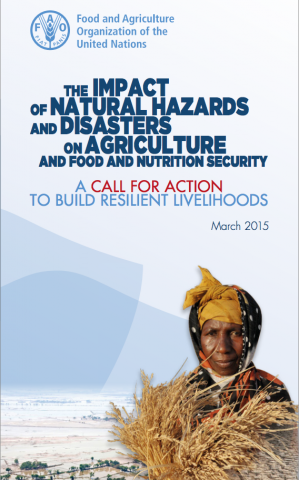Ethiopian droughts: reducing the risk to livelihoods through cash transfers
South Wollo, in northern Ethiopia, is one of the zones hit by food insecurity. The population depends on agriculture and livestock for its livelihood. But recurrent drought has forced them to sell many assets and plunged them into destitution. As mountainous soils erode, the increasing pressure on available land makes matters worse. This case study presents the programme initiated in October 2000 by the Ethiopian Red Cross Society (ERCS) to reduce vulnerability to drought. Published in 2003.

